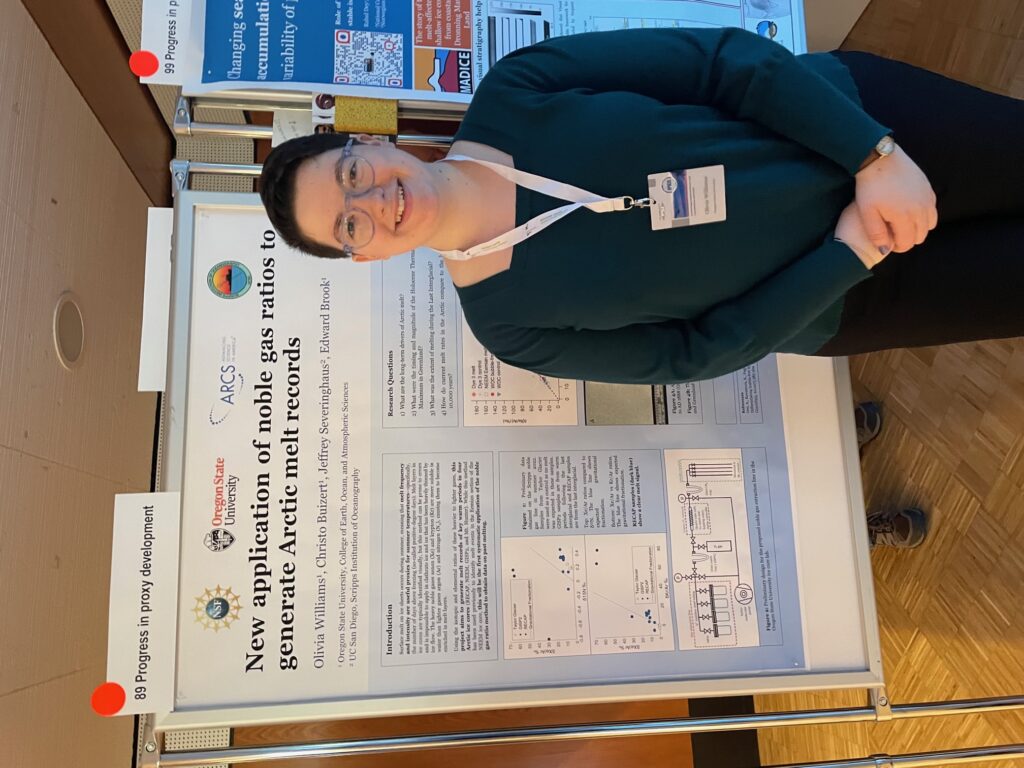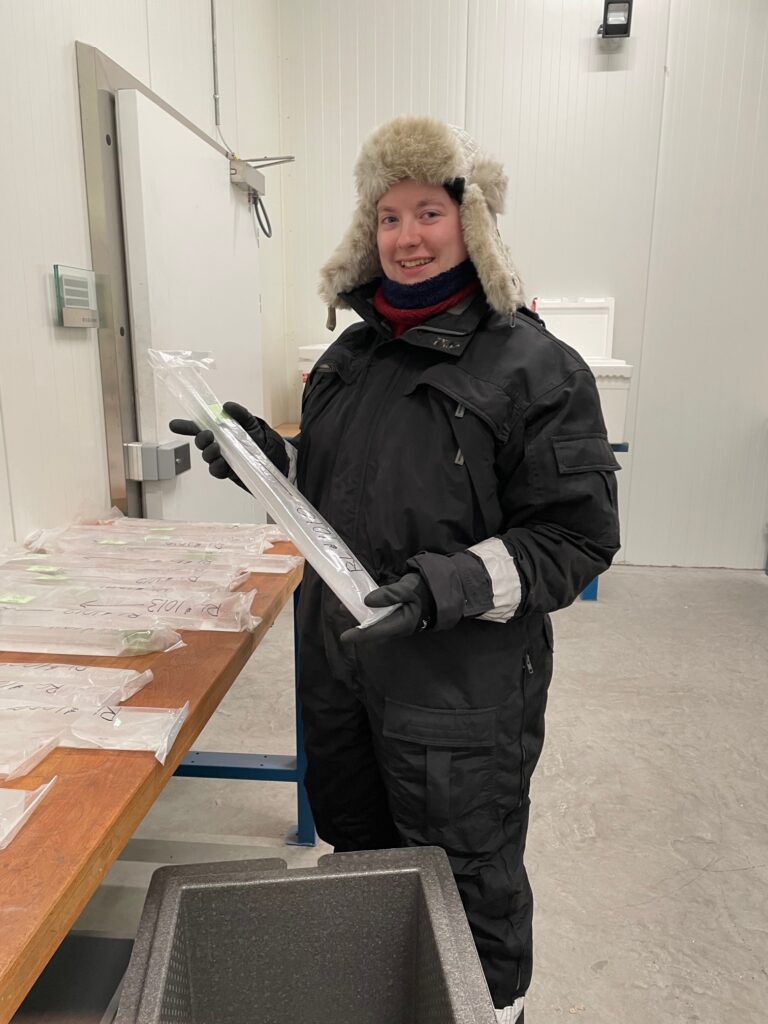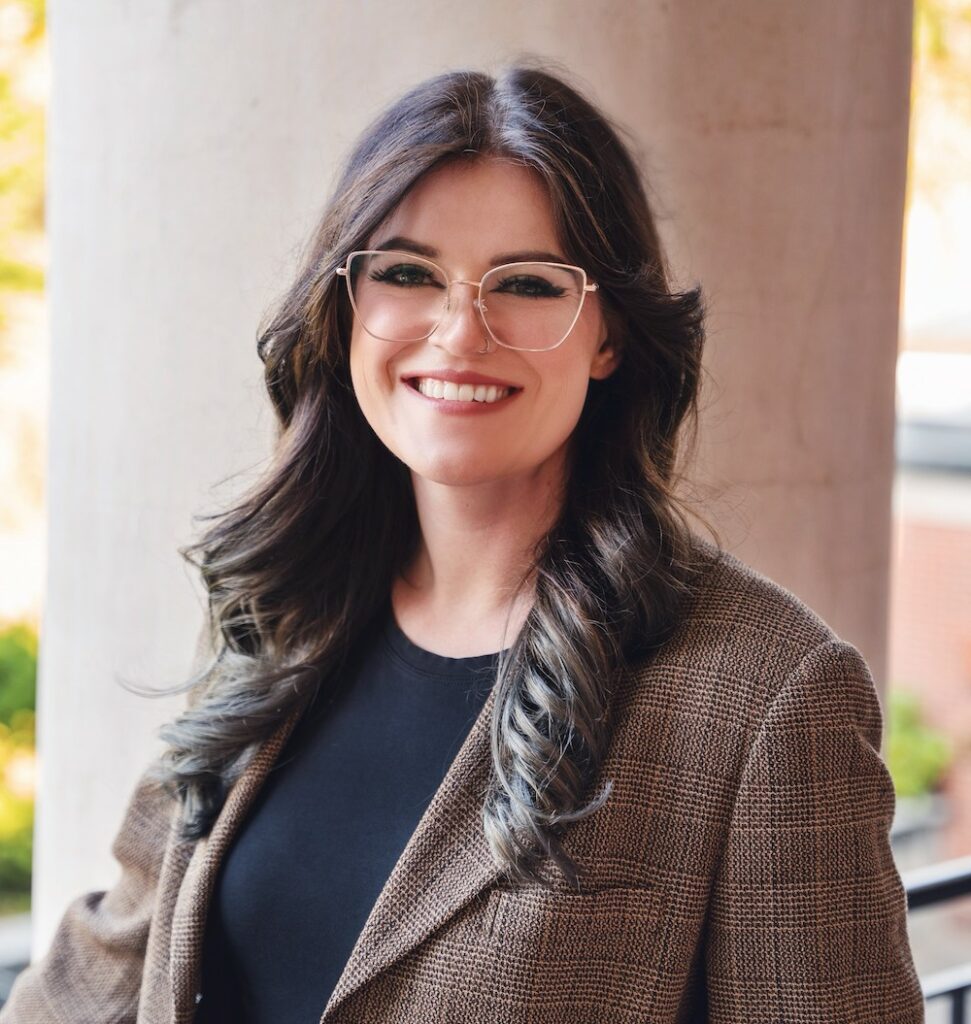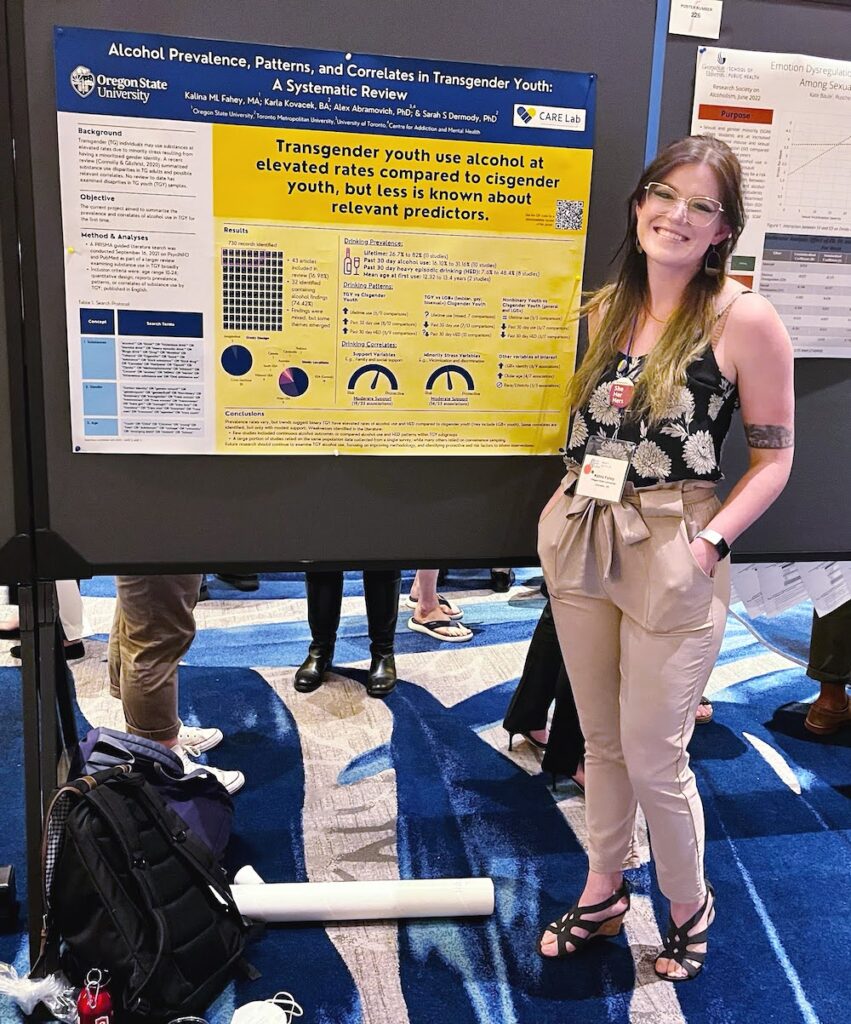You probably already know that skim milk and buttermilk are byproducts of cheese-making. But did you know that whey is another major byproduct of the cheese-making process? Maybe you did. Well, did you know that for each 1 kg of cheese obtained, there are about 9 kg of whey produced as a byproduct?! What in the world is done with all of that whey? And what even is whey? In this week’s episode, Food Science Master’s student Alyssa Thibodeau tells us all about it!
Whey is the liquid that remains after milk has been curdled and strained to produce cheese (both soft and hard cheeses) and yoghurt. Whey is mainly water but it also has lots of proteins and fats, as well as some vitamins, minerals, and a little bit of lactose. There are two types of whey: acid-whey (byproduct of yoghurt and soft cheese production) and sweet-whey (byproduct of hard cheese production). Most people are probably familiar with whey protein, which is isolated from whey. The whey protein isolates are only a small component of the liquid though and unfortunately the process of isolating the proteins is very energy inefficient. So, it is not the most efficient or effective way of using the huge quantities of whey produced. This is where Alyssa comes in. Alyssa’s research at OSU is focused on trying to develop a whey-beverage. Because of the small amounts of lactose that are in whey, yeast can be used to ferment the lactose, creating ethanol. This ethanol can then be converted by bacteria to acetic acid. Does this process sound a little familiar? It is! A similar process is involved when making kombucha and the end-product in Alyssa’s mind isn’t too far off of kombucha. She envisions creating an organic, acid-based or vinegar-type beverage from whey.
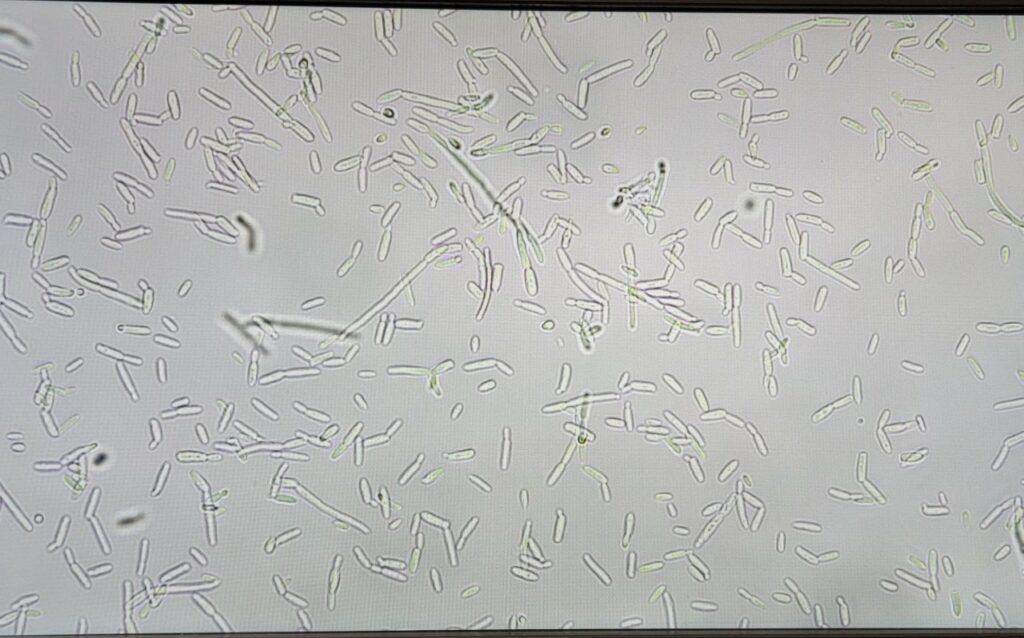
How does one get into creating the potentially next-level kombucha? Alyssa’s route to graduate school has been backwards, one that most students don’t get to experience. While the majority of students get a degree, get a job and then start a family, Alyssa started a family, got a job, and then went to graduate school. On top of being a single mother in graduate school, she is also a first-gen student and Hispanic. To quote Alyssa: “It makes me proud every day that I am able to go back to school as a single mom. In the past, this would have maybe been too hard to do or wouldn’t have been possible for older generations but our generations are progressing and people are making decisions for themselves.”.
Intrigued by Alyssa’s research and personal journey? You can hear all about it on Sunday, January 29th at 7 pm on https://kbvrfm.orangemedianetwork.com/. Missed the live show? You can listen to the recorded episode on your preferred podcast platform!

